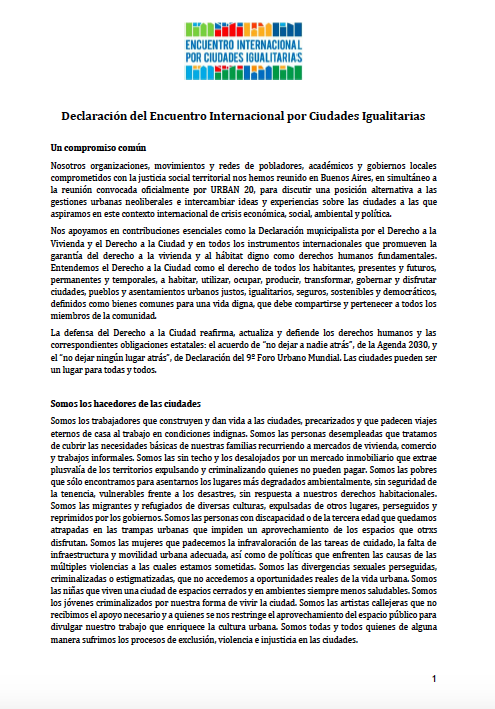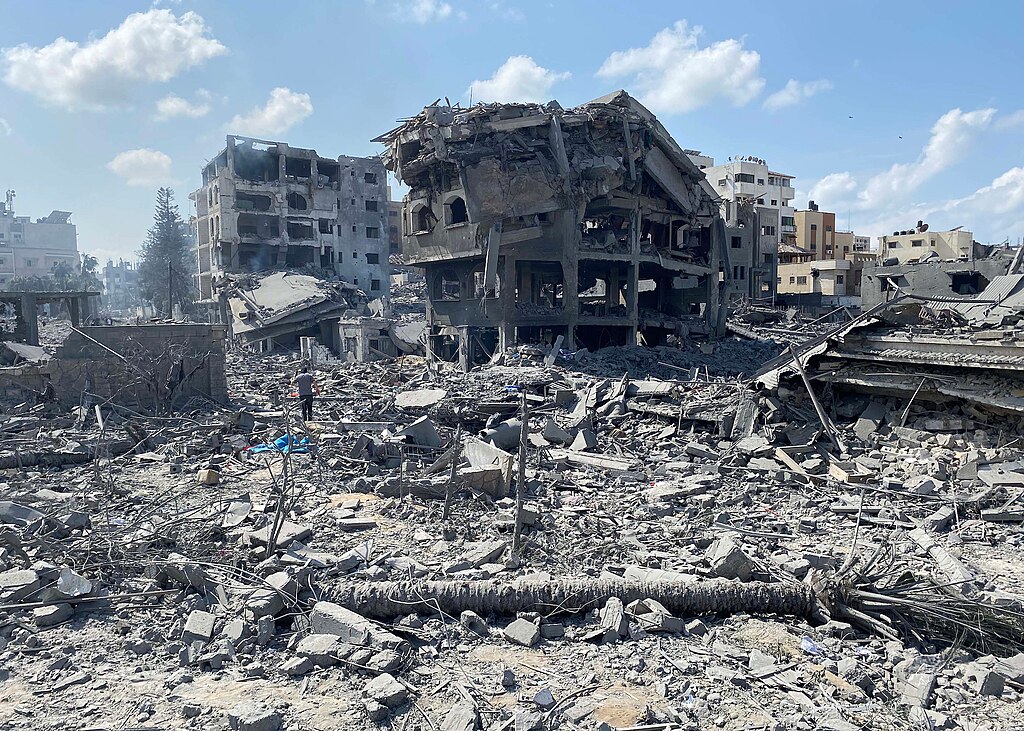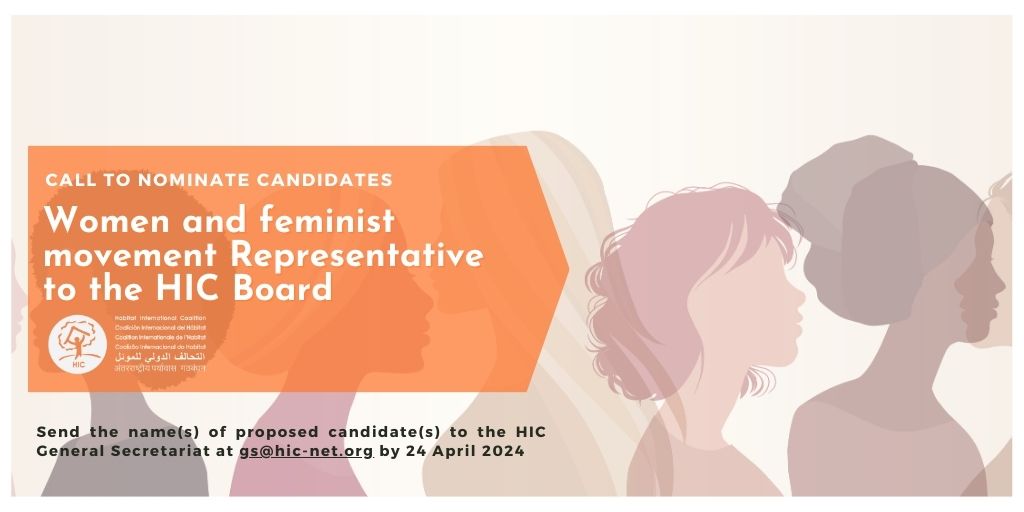1.- History background and context
The FOSOVI, A.C. Micro Project Fund has financed and followed up community based housing improvements since 1992. Some of these projects are organized side by side with state financing and others are complementary to this form of financing.
In 1997 the Habitat Coalition Mexico HCM, together with social organizations, held a workshop on neighbourhood improvement experiences and the results were presented to the first elected government of Mexico City.
The Mexico City government promoted working groups on housing policy and FOSOVI, A.C. participated in these with the aim of developing a housing program for the city. Among the first issues to be tackled was to define the financial agents that should be involved in the policy and the terms their turn around times for the loans.
Later on the HCM obtained resources from the Foundation MISEREOR for a technology transfer program involving the National Federation of Popular Housing Organizations “FEDEVIVIENDA located in the city of Bogota, Colombia. These resources included funds for local government functionaries, representatives from non government organizations and a qualified professional to work together with several other sectors in the housing field in Mexico City, to develop the Operational Rules, the content and instruments of the Program, and the methodology for the implementation of the Housing Improvement and Extension Program for the city. The Program has two main sections, one financial where the Mexico City Housing Institute INVI is the government operational unit with technical assistance from the College of Architects, and the second to be co-financed, operated and technically assessed by the non government organizations that are members of the HCM.
2.- Objectives, strategies and scope
General objectives
- Support for housing improvements in popular neighbourhoods.
- Support for improving living conditions and to increase housing densities in popular neighbourhoods.
- Support for alternative technology and other solutions that improve the environment
- Promote new financial schemes that enable mixed sources of financing.
- Develop policies that scale up the experience of non government organizations in providing housing solutions in popular neighbourhoods
- Demonstrate the capacity of civil organizations and strengthen their capacity for operating public and other (private, social, etc.) funds in a democratic, transparent and efficient manner.
Strategic criteria
- The decentralization of the operation of public funds
- Construct joint responsibility agreements between the public, private, civil and social sectors
- Develop the participation of social organizations in the management, development and control of neighbourhood improvement processes and the strengthening of mutual support networks.
- Consolidation of new leaderships and strengthening the structure of neighbourhood social organizations.
Size of the participating and benefiting population:
The experience has directly benefited 1,266 families, which represents approximately 5,000 inhabitants. The experience has indirectly benefited 2,500 people in the form of the creation of temporary employment in the neighbourhoods.
Territory
The municipalities (delegations) of Iztapalapa, Milpa Alta, Tlalpan, Gustavo A. Madero, Xochimilco lvaro Obregon, Tlahuac, Magdalena Contreras and Iztacalco all in the Federal District of Mexico City
Innovative aspects
The main innovations in the project are in the financial field through the articulation between different types of funds and funding agencies. Socio-organizational innovations are seen through the involvement of many agents and sectors in the Program and in the integral control of projects on a scale that enables more specialized and appropriate attention which in turn leads to a more efficient service.
3.- Actors that have been involved in the project and their role in its development
|
Public sector actors
|
|
| Private sector actors | Mexican Popular Savings: Savings schemes, channelling loans and credit recuperation. Sends out account statements to beneficiaries, reports monthly to co-financing agencies on account movements and balances with respect to the parts that correspond to them. |
| Social actors |
UPREZ: Provides resources from the FOSOVI Revolving Fund for the development of the program. UPREZ, CUT, FP, and NEIGHBOURHOOD ASSEMBLY: Participates in project promotion in the communities and organizes the population that requires loans. Participates in the analysis of the construction materials market, selective buying of materials and building supervision through its technical commissions. BENEFICIERIES: Individual savings participation of between 5 and 10% of the total loan. Beneficiaries repay the loans and project members are organized into solidarity groups for guarantee purposes. |
| Civil actors |
Foundation Misereor: Provided the resources for the FOSOVI Revolving Fund for the initial development of the fund, and patronized the technological transfer through FEDEVIVIENDA (Colombia). CHM through FOSOVI, COPEVI and CASA Y CIUDAD, A.C: Enters into agreements with the different actors, operates the program and offers integral assistance. It integrates, revises and validates the applications for credits. It elaborates the design for improvements together with the beneficiary. It gives training in the construction field and supervises the quality and progress of the building works. FOUNDATION JUSTICE AND LOVE: Gives training in coordination and leadership to the people responsible for the program in the neighbourhoods. |
4.- Program or project components (brief characterization of their interrelationship).
As far as habitat is concerned the program financing, technical, legal and social assistance for the improvement of existing housing covered a period of 36 months or 26 months in the case of a new minimum housing unit. In the case of housing improvements 50% of the loans were applied to the construction of walls or to change laminated roofing to solid concrete. These actions extended the living area of the house. The rest of the loans were for, in order of importance, improving bathrooms, covering walls and ceilings, floor coverings, and putting in doors and windows. The families made additional investments to the formally constituted loans and the participation of their savings was for an average value of approximately 30% of the total loan. In approximately 90% of home improvements the families contracted building labour and purchased building materials from within their neighbourhood.
For the social component of the program the beneficiaries were organized into 55 groups each with an elected representative who was responsible for supporting the loan applications, negotiating the purchase of materials, keeping in contact with beneficiaries whilst the improvements or new units were being constructed, ensuring punctuality in the obtaining of resources and negotiating for a reduction in the repayment of loans with the loan recuperation agency.
The participative process was particularly important for the role played by women as the main agents and promoters of the process; it should be pointed out that 20% of the loans were granted to female heads of households and 49% of the total loans were granted to women.
Of the components of the project that were co-ordinated between agencies the creation of expert forums to guide decision-making was particularly important during the first year. The participating agencies in the Loan Committee included representatives from social organizations including those of the beneficiaries. Among the decisions that were taken was the modification of the Program’s operating rules. Here spaces for production and employment were recognized as part of housing and were seen as eligible for receiving financing and assistance.
The main thread of this experience is the process of organization, participative management and joint responsibility for its operation between several actors and processes.
5.- Principal instruments
Socio-organizational
Neighbourhood housing committees were formed to facilitate the operation of the program at local level with the participation of approximately 20 or 25 families each and they elected a coordinator who was responsible for the management, financial orientation and links with the technical area of the evaluating group.
At the same time the coordinators held weekly meetings with the link worker from the non government organizations in order that the management processes ran smoothly and the work processes are organized properly, and that agreement is reached on the number of housing improvements that can be managed by the committee, analyse information and prepare materials for the training of the housing committee members.
Finance
The joint investment in the program was by unequal shares between the parts. During the first year the participation of funds from civil organizations was greater as it was keen to demonstrate the viability of the project
Legal
The Program operated under an annual agreement between the public, private and civil parties
and the organizational structure that is described above arose from this. This differs from the federal government”s housing program that captured individual demand.
In order for the pilot program to operate during its first year a special decision-making body was set up called the Loan Subcommittee with the participation of officials from local government, representatives from the investment institutions and representatives from the credit holders groups.
In subsequent years the program was institutionalised and operated at a far greater scale, ten times as much, maintaining operations with the housing committees for the management of jointly financed improvements with funds from the FOSOVI A.C. Micro Projects Fund. The Loan Subcommittees were not conserved in the structure as the program decisions involved in the management of a much larger budget would have required the participation of several government bodies, and not only housing bodies, and this limited the scope for other agencies as well.
6.- Achievements and main lessons
- The completion of 1,266 housing improvements
- The institutionalisation of the Program that is based on the recognition of the importance of self-production and the need to support and strengthen this process which still represents 60% of housing construction in the country.
- The decentralizing of the operation of public funds and especially their operation by civil organizations. This permits the democratic participation of social organizations in their use and distribution.
- The consolidation of new leaderships in the popular housing field. The strengthening of the structure of neighbourhood social organizations.
- The systematization of the experiences and the consolidation of the technical teams in the non-government organizations and the Habitat Coalition Mexico.
7.- Key words:
Mexico; Federal District; shared responsibility; self-build; housing; popular economy; participative processes; urban social management.
8.- Sources:
Internal documents.
9.- Contacts
International Habitat Coalition-Latin America (HIC-AL)
Tacuba #53, 1er. Piso – Colonia Centro
06000 Delegacin Cuauhtmoc, Mexico D.F., Mexico
Tels: (52-55) 55121586 y 55126726
Fax: (52-55) 55126726
E-mail: hic-al@hic-al.org
FOMENTO SOLIDARIO DE LA VIVIENDA, A.C. (FOSOVI,A.C.)
TLALOC 40 int. 2, Colonia Tlaxpana
11370 Mexico D.F., Mexico
Tels: (52-55) 55667515 y 57033384
Fax: (52-55) 55352954
E-mail: fomentosol@prodigy.net.mx




